Dubai Air Show Day 2: Airbus A380, Boeing P-8 Poseidon And Other Big Planes Do Amazing Aerobatics (PHOTOS)

A day after setting the all-time record for orders placed at an airshow with $192.3 billion worth of aircraft sold, the Dubai Air Show moved outdoors on Monday for the flying displays that were canceled Sunday due to strong winds and a near-sandstorm. Attendees still placed several orders for airplanes, but these were valued at only $1.7 billion, a pittance compared to the bonanza of the previous day, when the Middle East's biggest airline, Dubai-based Emirates, placed the biggest order ever for Boeing ($45 billion for 150 of its new 777X) and also bought 50 Airbus A380s for roughly $20 billion.
Abu Dhabi-based Etihad Airways also helped launch the 777X with 25 orders, bought 30 additional 787s to become the Dreamliner's biggest customer, and threw 50 long-range Airbus A350s into the bargain -- as well as adding three dozen of the smaller A320s to its regional fleet. The other big Middle Eastern competitor, Qatar Airways, also bought 50 of the 777X twinjets.
The latter wasn't around at the air show to get the accolades; it hasn't been built yet, and will enter service around 2020. But the A380 was out in force, with three of the largest passenger jets in the world making an appearance on Monday. Airbus sent the testbed it keeps at the Toulouse, France, assembly plant, painted in company colors. Without passengers on board, it showed a surprising agility for an aircraft with a maximum weight at takeoff that can be as much as 560 metric tons (more than 1.2 million lbs.)

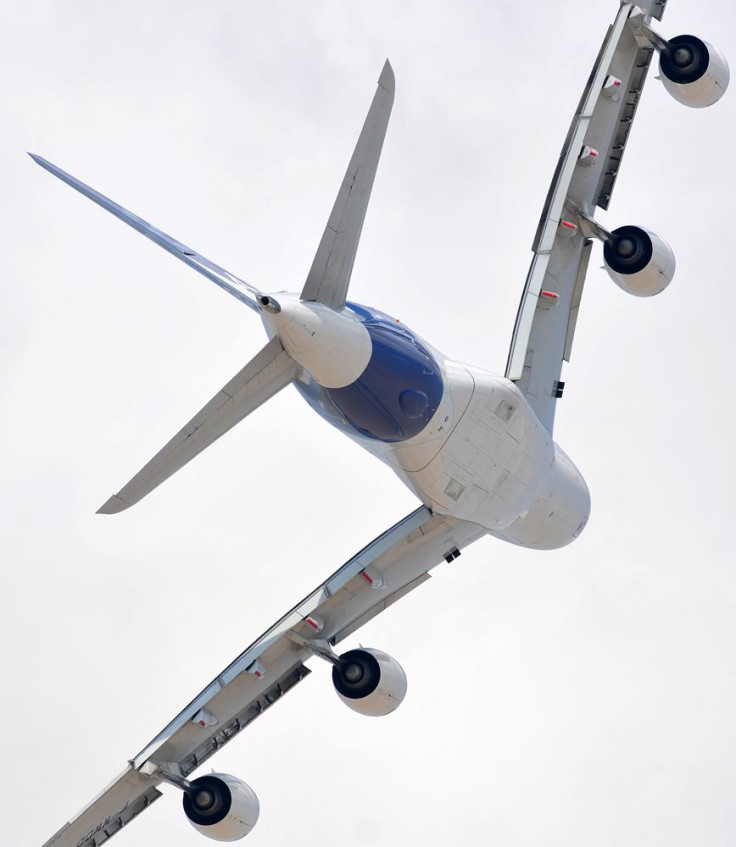
Another European multinational product appearing in Dubai was the Eurofighter Typhoon, built by Germany, Great Britain, Italy and Spain, and being marketed to air forces in the Middle East and elsewhere. This one was British-built and in the colors of Britain's Royal Air Force.


One of the Typhoon's commercial rivals is the French Rafale, built by Dassault Aviation SA (EPA:AM). It's just slightly smaller, and shares a delta wing. The French Air Force brought one to Dubai; India is the only other nation that has bought it.
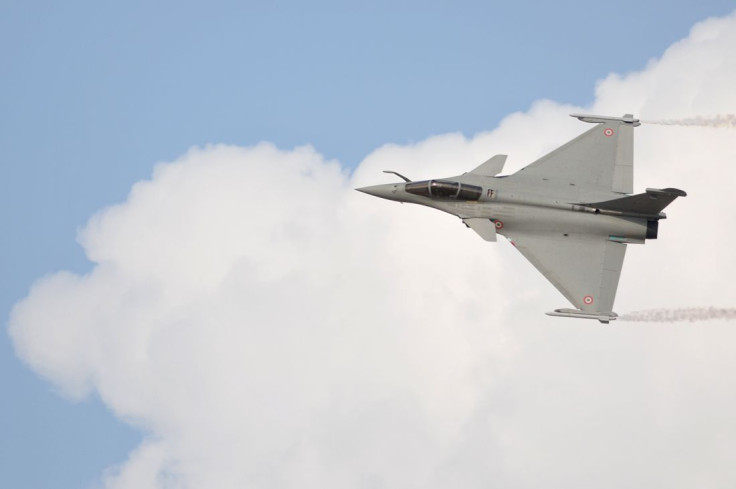
There was also the latest version of Dassault's longtime sales staple, the Mirage fighter, which has been around in various versions since the late 1950s. The Mirage 2000 still looks exactly like its elegant, agile ancestors from 55 years ago, but its innards are vastly different.
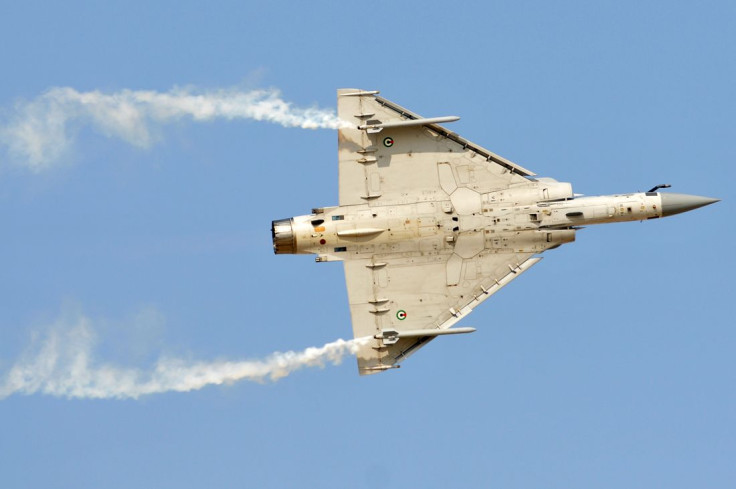
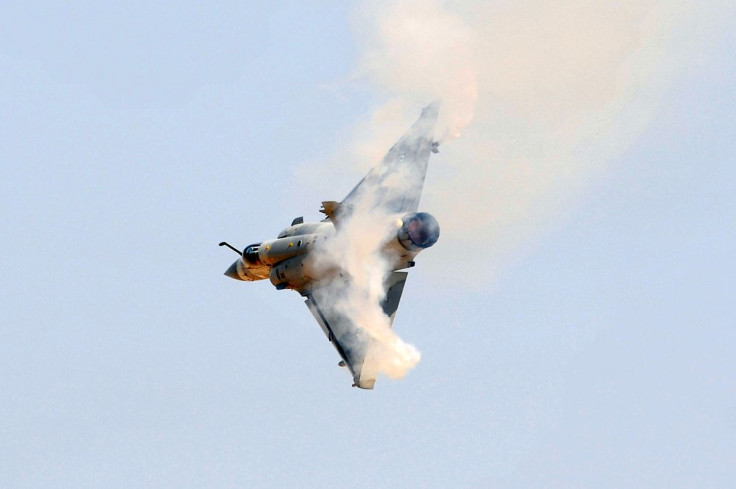
From the U.S., Lockheed Martin Corp. (NYSE:LMT) brought an airplane it can't sell because it's not making it anymore: the F-22A Raptor, which made a quick appearance, but enough to show the incredible climbing abilities of the stealthy, radar-evading fighter. The U.S. Air Force doesn't give an exact figure, but it says it can climb faster than its predecessor, the F-15 -- and therefore faster than 50,000 feet per minute. In Dubai, the F-22 in a vertical climb disappeared from sight very quickly.
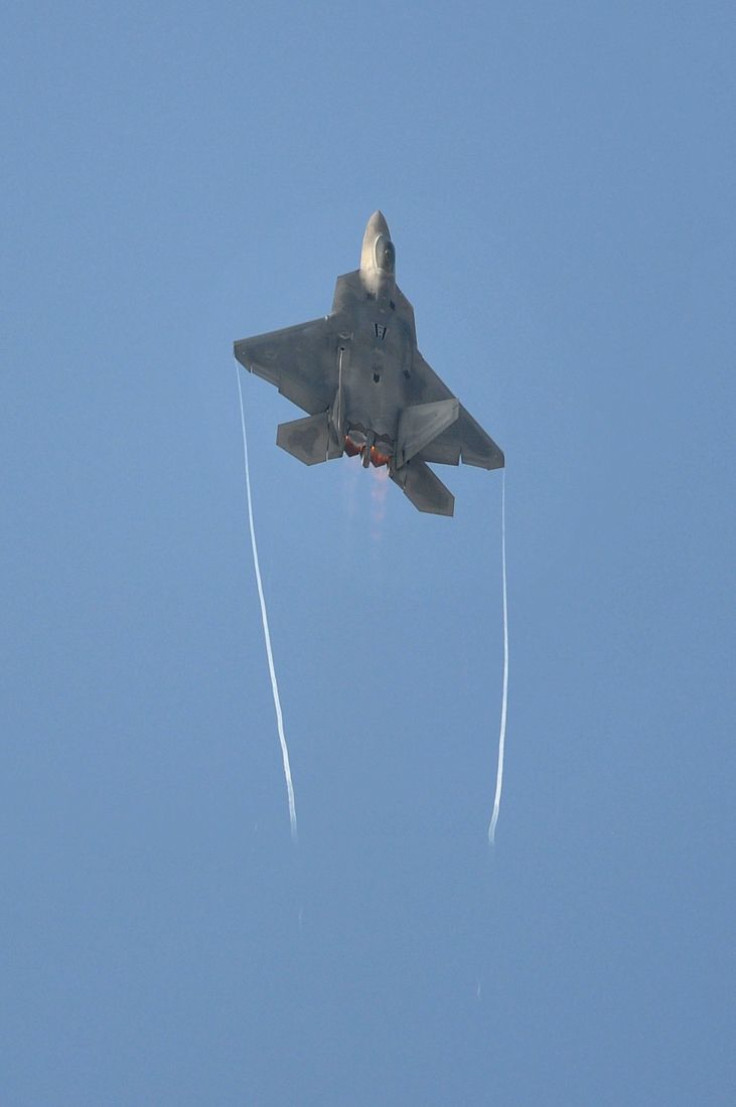
Lockheed Martin's F-16E, the latest model of the widely sold fighter, also made an appearance.

But it was the Boeing P-8 Poseidon that stole the show among American planes. It's a highly modified commercial 737 series 800, a jet flown by hundreds of airlines around the world, and turned into a maritime patrol aircraft especially adept at hunting for submarines. It relies on powerful radar and other instruments to find the subs, and it can deploy depth charges and torpedoes to hit them, as well as surface ships. It's also really agile for a passenger jet. In reality, any maneuver it can do, the civilian 737 can also do, but rarely will -- at least with passengers on board.
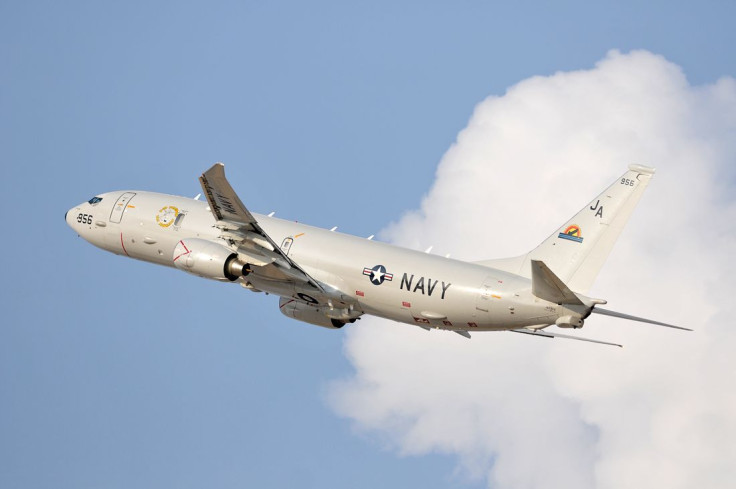


Also surprisingly gracious for a lumbering transport plane, the turboprop-powered A400M, the first foray into military aviation by Airbus, a unit of European Aeronautic Defence & Space NV (EPA:EAD). It's been ordered by several air forces as a heavy transport, and after an initial period with technical problems that hobbled the program for years, it's ready to enter service.


The day's flying was closed around sundown by the Red Arrows, the aerobatic team of the Royal Air Force. Flying the British Aerospace Hawk, they're among the world's top aerobatic teams, with nine airplanes (three more than the USAF Thunderbirds).


Just before the Red Arrows, the local aerobatic team Al Fursan showed up to salute the crowd with an Emirates Airbus A380 -- passing exactly over the tail of the other Emirates A380 parked at the show, which now enters day 3 and will close on Thursday.
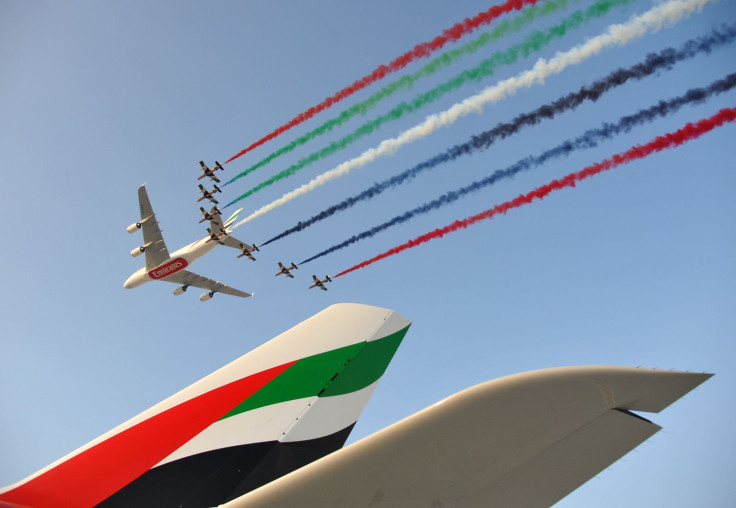
© Copyright IBTimes 2024. All rights reserved.












